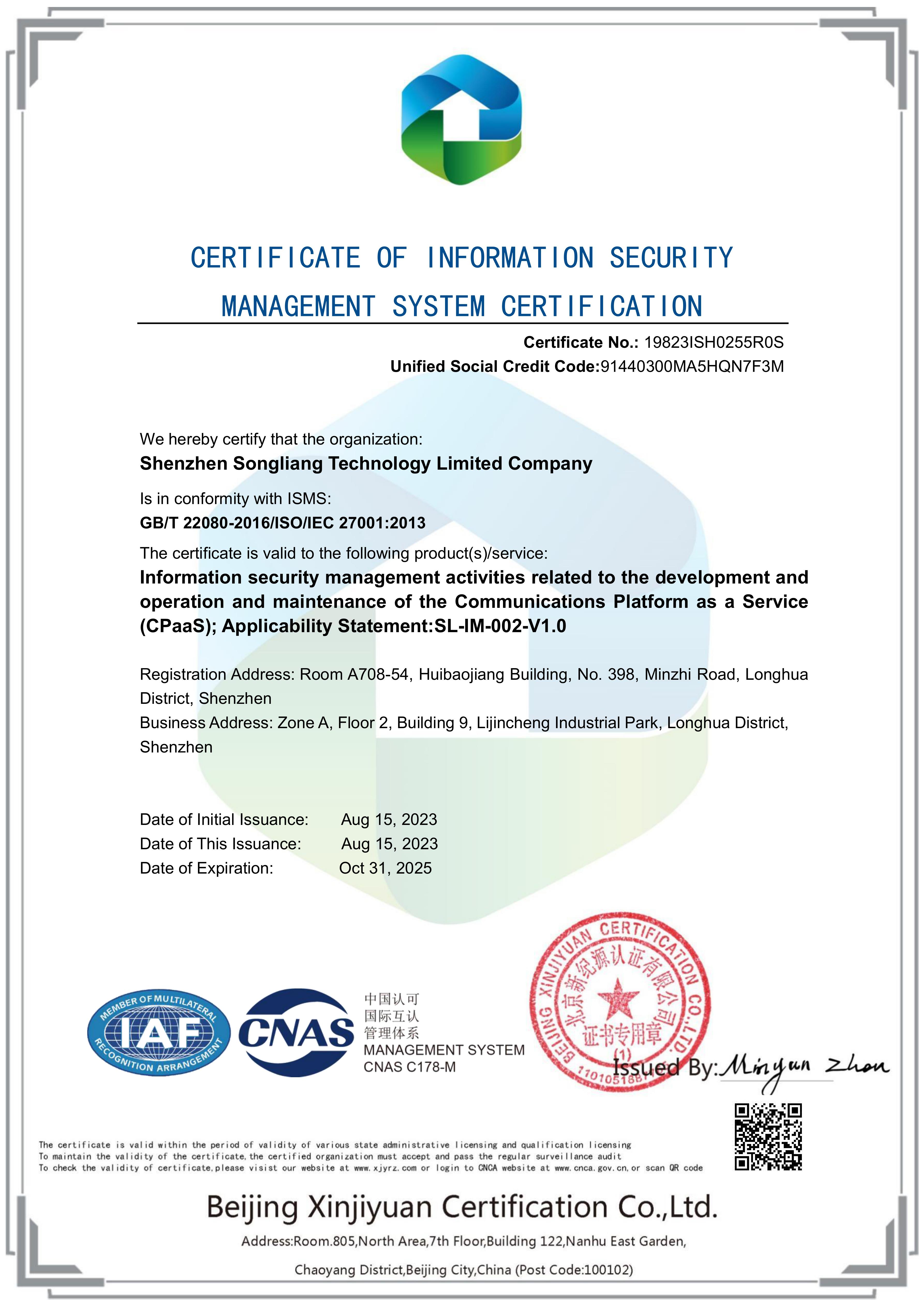
When developing a digital product, you'll likely need to integrate Email functionality at some point. Whether it's for setting up a password reset flow, enabling logins via magic links, sending transactional Emails like receipts and invoices, or automating marketing campaigns, Email integration is key. You might also want to allow customers to send Emails directly from your app.
However, regardless of your Email use case, there's a common challenge: ensuring Email delivery. Establishing and maintaining an Email infrastructure that processes Emails quickly and reliably requires time, skill, and effort. Many developers either can't or prefer not to handle this themselves, opting instead to use dedicated Email delivery services. Fortunately, Email APIs make it simple to connect to these delivery services, allowing you to seamlessly integrate Email functionality into your app or product.
What is an Email API?
An Email API (short for Email Application Programmable Interface) is an interface that allows developers to connect an application or service to an Email service provider and use the provider’s functionality—including sending Email, creating lists, or pulling Email stats—without having to build it themselves.
Like other APIs, an
Email API allows its users to access a provider’s functionality using code rather than logging into a UI.
Email API vs. SMTP: Which One Should You Choose?
Email APIs aren't the only option for integrating Email functionality. Sometimes, a straightforward integration via SMTP (Simple Mail Transfer Protocol) might suffice.
Frequently, your web application or the third-party tools you're using are already configured to deliver Emails using SMTP. In such cases, you simply need to select an SMTP service, input your credentials, and you're ready to start sending Emails. However, if you require a deep, customized, and flexible integration to incorporate Email functionality into your application, then an Email API is the better choice.
While integrating an Email API may involve more complex code changes, it offers access to advanced features. For instance, using Postmark's API enables batch sending, utilization of Email templates, access to response codes for successes/errors, and much more. This flexibility allows you to integrate Email functionality that precisely aligns with your product's requirements.
In summary, both options offer reliability and speed in terms of deliverability—it ultimately depends on your specific needs. Here are the pros and cons of using an API versus SMTP relay for Email:
| |
Pros |
Cons |
| API |
- Get access to the complete feature set that a provider has to offer
- Less overhead when your application connects with the provider
- Typically provides response codes for tracking and error codes if there was a problem with the API call
- Official and community libraries for integration (usually)
|
- Requires non-trivial code changes to your site/application
- Code must be updated in the event the API is changed
|
| SMTP |
- Avoid big changes to existing code
- Usually easy to migrate by changing configuration settings in your application/site and instantly switching delivery to the provider
|
- May not have some advanced features (such as batch sending, Email template options, response codes for successes/errors, and retrying sending an Email several times if there are network errors)
|
6 Popular Use Cases for Email APIs
There are countless ways to leverage an Email API— that's the beauty of working with APIs. However, here are some of the most common use cases:
Implementing transactional Emails: Use an Email API to send Email receipts, password resets, or other Emails triggered by user actions on your website or application.
Integrating Email sending features into your product: Enable your customers to send newsletters or marketing Emails directly from your application. You can also display Email performance stats within your product.
ending dynamic, highly customized Emails: Utilize an Email API to send personalized Emails such as weekly digest Emails or special promotions based on customer behavior.
Retrieving Email performance stats: Access Email statistics like opens, clicks, or bounces programmatically through an Email stats API. This is useful for creating custom dashboards.
Processing incoming Email: Besides sending Emails, Email APIs can also be used to parse incoming Emails. For example, allowing users to reply to a blog comment via Email.
Verifying Email addresses: Use an Email verification API to identify invalid or mistyped Email addresses, ensuring your Email list remains clean and accurate.
 When developing a digital product, you'll likely need to integrate Email functionality at some point. Whether it's for setting up a password reset flow, enabling logins via magic links, sending transactional Emails like receipts and invoices, or automating marketing campaigns, Email integration is key. You might also want to allow customers to send Emails directly from your app.
When developing a digital product, you'll likely need to integrate Email functionality at some point. Whether it's for setting up a password reset flow, enabling logins via magic links, sending transactional Emails like receipts and invoices, or automating marketing campaigns, Email integration is key. You might also want to allow customers to send Emails directly from your app.

